How to Properly Handle and Store Your Ceramics
Taking care of your ceramics is not just about aesthetics; it's about preserving history, artistry, and the memories they evoke. Whether you’re a collector of fine porcelain, a lover of handmade pottery, or simply someone who cherishes family heirlooms, understanding how to properly handle and store your ceramics is essential. You wouldn't toss a fragile vase into a box without a second thought, right? Just like you wouldn’t throw a priceless painting into the attic without some protection. The same care should be applied to your ceramic pieces. In this article, we’ll dive deep into the best practices for handling and storing ceramics, ensuring they remain as beautiful and intact as the day you acquired them.
Ceramics come in various forms, each with its own unique properties. From earthenware to stoneware, porcelain to bone china, knowing the differences can significantly influence how you handle and store them. For instance, earthenware is porous and typically more fragile, while stoneware is denser and more durable. This means that when it comes to storage, earthenware might require more cushioning than stoneware. Understanding these materials is like knowing the personality of each piece in your collection. It helps you tailor your approach to preserving them, ensuring that your cherished items last for generations.
Cleaning your ceramics is a delicate task that requires finesse. You want to maintain their luster without scratching or damaging the surface. Regular dusting is a great start, but for deeper cleaning, you need to be a bit more strategic. Use a soft, lint-free cloth for routine maintenance, and for tougher grime, consider using a damp cloth with a few drops of mild dish soap. Just remember, avoid anything abrasive! Think of cleaning ceramics like giving them a spa day; you want to refresh them without causing any stress.
Using the right tools can make all the difference. Here’s a quick rundown of what you might need:
- Soft Brushes: Ideal for intricate designs and hard-to-reach areas.
- Lint-Free Cloths: Perfect for drying and polishing.
- Mild Cleaning Solutions: Always opt for non-toxic, gentle cleaners.
By choosing the right tools, you ensure that your cleaning process is not only effective but also safe for your precious ceramics.
If you prefer a more natural approach, homemade cleaning solutions can be both effective and safe. A simple mixture of equal parts water and white vinegar can work wonders on most ceramic surfaces. Just dip your cloth in the solution, wring it out, and gently wipe down your pieces. This method not only cleans but also helps to remove any lingering odors. Think of it as a refreshing breeze for your ceramics!
When it comes to commercial products, always check the labels. Look for cleaners specifically designed for ceramics, as they are formulated to be gentle yet effective. Avoid anything that contains harsh chemicals or abrasives, as these can cause irreversible damage. It’s like choosing the right shampoo for your hair—what works for one type might not be suitable for another.
Now that your ceramics are clean, it’s time to think about how you handle them. Always lift pieces with both hands, supporting the base and the body. Avoid holding them by the rim or any delicate parts, as this can lead to accidents. And let’s be honest, we’ve all had that heart-stopping moment when we nearly drop something precious. Being mindful of your surroundings is crucial—clear the area of potential hazards and move slowly. Remember, ceramics are like fragile treasures; treat them with the care they deserve!
Once you’ve handled your ceramics with care, the next step is proper storage. Storing ceramics correctly is vital for preventing chips, cracks, and other damage. Consider using padded boxes or containers specifically designed for fragile items. This is akin to tucking them into a cozy bed for the night, ensuring they are safe and sound.
The environment where you store your ceramics plays a crucial role in their preservation. Avoid areas with extreme temperature fluctuations or high humidity, as these can lead to deterioration over time. A climate-controlled space is ideal. Think of it as creating a sanctuary for your ceramics, where they can rest without fear of damage.
When it comes to packaging, use bubble wrap or foam padding for extra protection. Wrap each piece individually and place them in sturdy boxes. Arrange the items carefully, ensuring they don’t touch each other to avoid scratches. It’s like packing a suitcase for a delicate trip—everything needs to be snug and secure!
Q: How often should I clean my ceramics?
A: It depends on how frequently you use them. For display pieces, a light dusting every few weeks is usually sufficient, while regularly used items may need more frequent cleaning.
Q: Can I put my ceramics in the dishwasher?
A: It depends on the type of ceramic. Always check the manufacturer's guidelines. Many delicate pieces should be hand washed to avoid damage.
Q: What should I do if my ceramic piece gets chipped?
A: For small chips, you can use a ceramic repair glue. However, for significant damage, it’s best to consult a professional restorer.
Q: Is it safe to store ceramics in the attic?
A: Generally, attics can have extreme temperature fluctuations and humidity, which can harm ceramics. It's better to store them in a climate-controlled area.
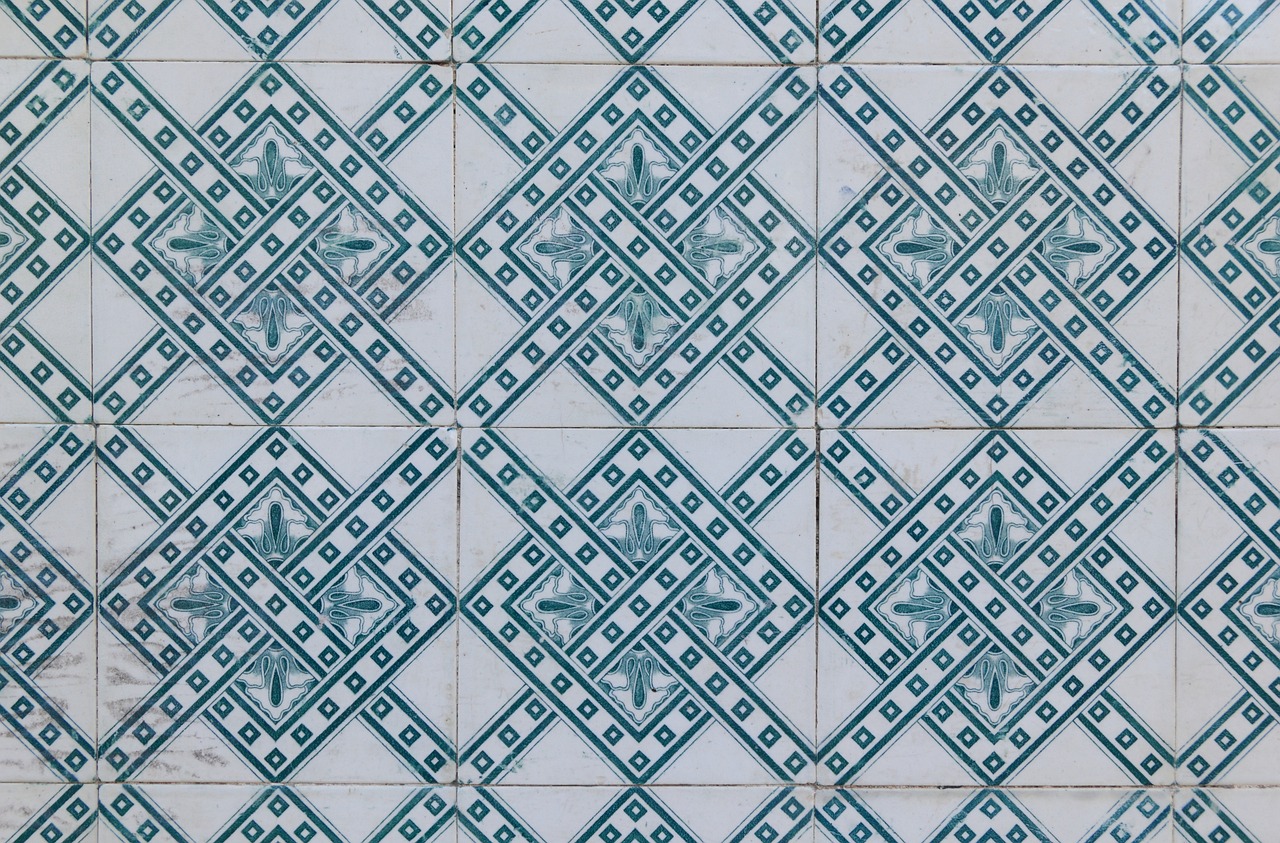
Understanding Ceramic Materials
This article provides essential tips on the best practices for handling and storing ceramics to ensure their longevity and prevent damage, including techniques for cleaning, packing, and displaying your ceramic items.
When it comes to ceramics, understanding the different materials is crucial for proper care and maintenance. Ceramics are not just one homogeneous category; they are a diverse group of materials that can be classified based on their composition, firing temperature, and intended use. For instance, earthenware is a low-fired ceramic that is porous and typically used for decorative items, while stoneware is fired at a higher temperature, making it denser and more durable for functional items like dishes and mugs. Then we have porcelain, which is known for its strength and translucency, often used for fine china and high-end decorative pieces.
Understanding these distinctions helps you tailor your handling and storage techniques. For example, earthenware is more susceptible to chipping and cracking due to its porous nature, so extra care is needed when handling it. On the other hand, porcelain, while more durable, can still chip if dropped. Therefore, knowing what type of ceramic you are dealing with allows you to implement the best practices for preservation.
Moreover, the glaze on ceramics also plays a significant role in their maintenance. Some glazes are more resistant to scratches and stains than others. For instance, a well-glazed stoneware piece can withstand daily use better than an unglazed earthenware item. This is where the importance of proper cleaning techniques comes into play, as some glazes may react poorly to harsh chemicals, leading to dullness or discoloration over time.
In summary, understanding ceramic materials is not just about identifying their types; it's about recognizing their unique properties and how they influence care. This knowledge empowers you to make informed decisions when it comes to cleaning, handling, and storing your ceramics, ensuring they remain as beautiful and functional as the day you acquired them.
Proper cleaning methods are crucial to maintaining the integrity of ceramics. Learn the best practices for cleaning without causing scratches or damage to the surface.
Using the right tools can make a significant difference in cleaning ceramics effectively. Discover which brushes, cloths, and cleaning solutions work best for various ceramic types.
Explore simple, effective homemade cleaning solutions that can safely clean your ceramics without harmful chemicals, ensuring both safety and effectiveness.
Identify which commercial cleaning products are safe for ceramics and how to use them without risking damage to your pieces.
Learn essential tips for safely handling ceramics to avoid chips or cracks, including proper lifting techniques and the importance of being mindful of your surroundings.
Proper storage is vital for preventing damage to ceramics. This section covers the best practices for storing ceramics to keep them safe and in excellent condition.
The environment where you store ceramics plays a crucial role in their preservation. Find out which locations are best for preventing temperature fluctuations and humidity damage.
Learn the best techniques for packing ceramics securely to prevent breakage, including materials to use and how to arrange items for maximum protection.
Here are some common questions regarding the handling and storage of ceramics:
- What is the best way to clean ceramics? Use a soft cloth and a mild detergent to avoid scratching the surface.
- Can I put my ceramics in the dishwasher? It depends on the type of ceramic. Always check the manufacturer's guidelines.
- How should I store my ceramics to prevent damage? Store them in a cool, dry place, and use bubble wrap or foam for extra protection.
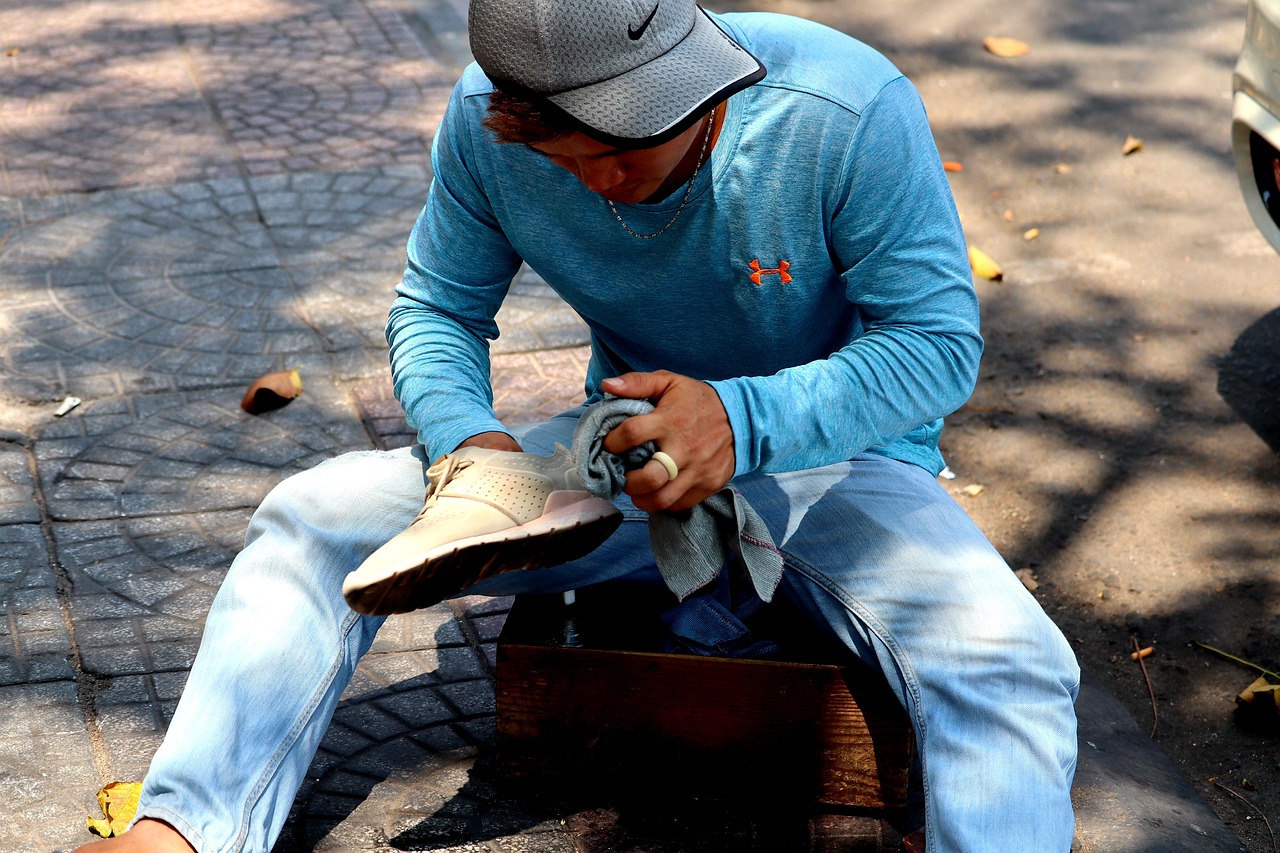
Cleaning Techniques for Ceramics
When it comes to keeping your ceramics looking their best, proper cleaning techniques are absolutely essential. Imagine your favorite ceramic piece, perhaps a delicate vase or a beautifully painted dish, collecting dust and grime over time. Not only does this diminish its beauty, but it can also lead to long-term damage if not addressed correctly. So, how do you ensure that your beloved ceramics remain in pristine condition? The answer lies in understanding the right cleaning methods tailored to the unique properties of different ceramic materials.
First and foremost, it's important to recognize that not all ceramics are created equal. Some are more porous than others, while certain glazes can be more delicate. This means that your cleaning approach should be customized based on the specific type of ceramic you are dealing with. For instance, earthenware is particularly susceptible to moisture absorption, while stoneware is generally more durable. Therefore, when cleaning, always consider the material's characteristics to avoid any unwanted surprises.
Now, let's talk about the actual cleaning process. A gentle touch is key! You want to use soft cloths or sponges that won't scratch the surface. For most ceramics, warm water mixed with a few drops of mild dish soap is perfectly sufficient. Simply dip your cloth or sponge into the solution, wring it out, and gently wipe the surface. If you encounter stubborn stains or residues, you might want to consider using a baking soda paste—just mix baking soda with a bit of water to create a thick paste, apply it to the stained area, and let it sit for a few minutes before gently scrubbing it away.
In addition to these methods, you should also be mindful of the following cleaning tips:
- Avoid abrasive cleaners: These can scratch your ceramics and ruin their finish.
- Skip the dishwasher: While it may seem convenient, the high heat and harsh detergents can damage ceramics over time.
- Rinse thoroughly: After cleaning, make sure to rinse off any soap residue, as it can leave a film that dulls the shine.
For those who prefer to use commercial products, there are several options available that are safe for ceramics. However, always read the labels and look for products specifically designed for ceramic surfaces. When using these products, follow the manufacturer’s instructions carefully to avoid causing any damage. Remember, prevention is better than cure, so regular maintenance is key!
In conclusion, cleaning ceramics doesn't have to be a daunting task. With the right techniques and a bit of care, you can keep your ceramic treasures looking stunning for years to come. Just think of it as giving your ceramics a spa day—gentle, effective, and oh-so-satisfying!
Here are some common questions regarding cleaning ceramics:
- Can I use vinegar to clean my ceramics? Yes, vinegar can be effective for removing stains, but it should be used sparingly and always rinsed off thoroughly.
- Is it safe to use bleach on ceramics? No, bleach can be too harsh and may damage the glaze or finish of your ceramics.
- How often should I clean my ceramics? Regular cleaning is recommended, but deep cleaning should be done every few months depending on usage.
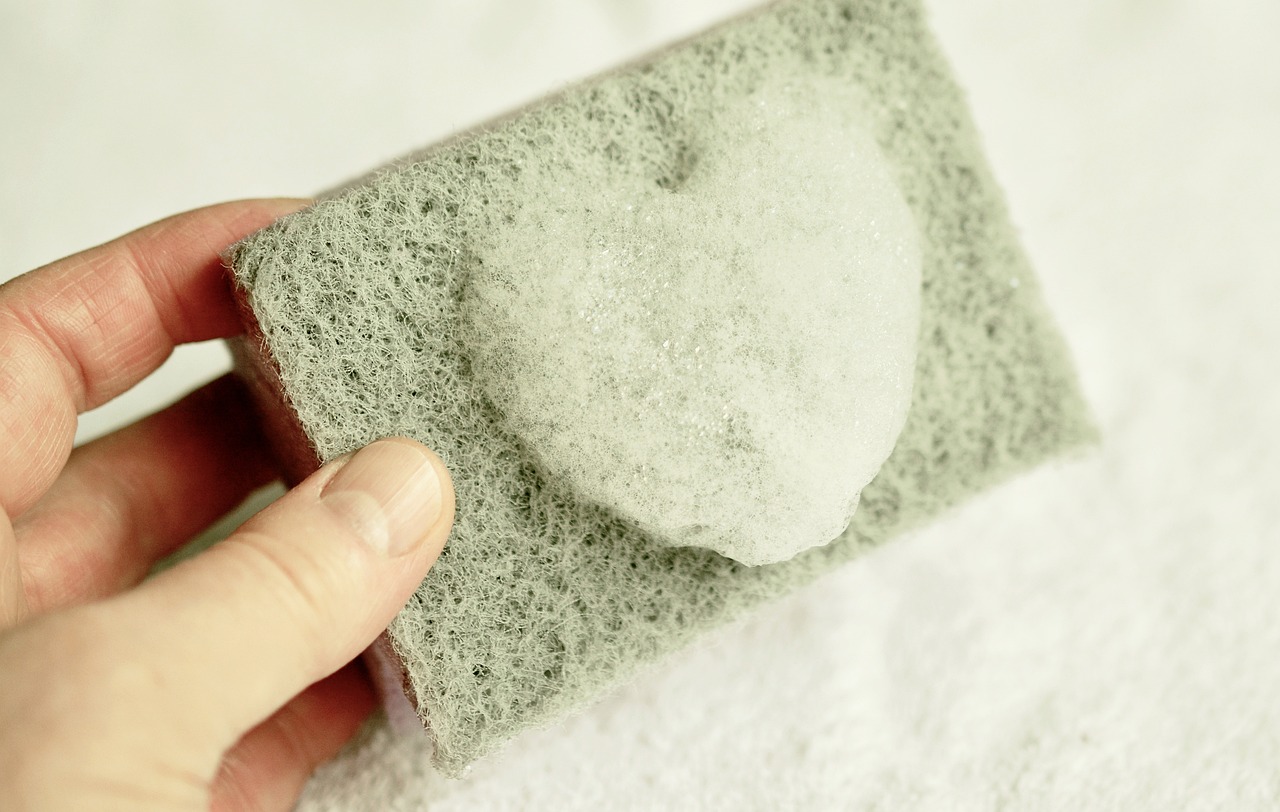
Tools for Cleaning Ceramics
This article provides essential tips on the best practices for handling and storing ceramics to ensure their longevity and prevent damage, including techniques for cleaning, packing, and displaying your ceramic items.
Different types of ceramics have unique properties that affect their handling and storage. Understanding these materials can help you choose the right techniques for preserving your valuable items.
Proper cleaning methods are crucial to maintaining the integrity of ceramics. Learn the best practices for cleaning without causing scratches or damage to the surface.
When it comes to cleaning ceramics, using the right tools can make all the difference. Imagine trying to clean a delicate porcelain vase with a scrubbing brush meant for pots and pans—yikes! The first step is to gather your cleaning arsenal, which should include:
- Soft Bristle Brushes: Ideal for getting into intricate designs without scratching the surface.
- Microfiber Cloths: These are perfect for dusting and polishing your ceramics without leaving lint behind.
- Sponges: A non-abrasive sponge can be great for general cleaning.
- Cleaning Solutions: Choose gentle, pH-balanced solutions that won't harm your ceramics.
Each of these tools plays a vital role in maintaining the beauty of your ceramics. For instance, a soft bristle brush can help you navigate the nooks and crannies of a decorative piece, while a microfiber cloth can give it that final shine without any scratches. It’s like having the right paintbrush for your masterpiece—each tool enhances your work!
Additionally, consider the type of ceramic you are cleaning. For example, earthenware may require a different approach than fine china. Always take a moment to assess the item before diving into the cleaning process. This way, you can tailor your cleaning strategy to suit the unique requirements of each piece.
Explore simple, effective homemade cleaning solutions that can safely clean your ceramics without harmful chemicals, ensuring both safety and effectiveness.
Identify which commercial cleaning products are safe for ceramics and how to use them without risking damage to your pieces.
Learn essential tips for safely handling ceramics to avoid chips or cracks, including proper lifting techniques and the importance of being mindful of your surroundings.
Proper storage is vital for preventing damage to ceramics. This section covers the best practices for storing ceramics to keep them safe and in excellent condition.
The environment where you store ceramics plays a crucial role in their preservation. Find out which locations are best for preventing temperature fluctuations and humidity damage.
Learn the best techniques for packing ceramics securely to prevent breakage, including materials to use and how to arrange items for maximum protection.
Q: How often should I clean my ceramics?
A: It depends on how frequently you use them. For decorative pieces, a light dusting every few weeks is usually sufficient, while functional ceramics may need more regular cleaning.
Q: Can I use regular dish soap to clean my ceramics?
A: Yes, but opt for a mild dish soap that is free from harsh chemicals. Always rinse thoroughly to avoid any residue.
Q: What should I avoid when cleaning ceramics?
A: Avoid using abrasive cleaners, steel wool, or anything that could scratch the surface. Also, be cautious with temperature changes—never immerse a cold ceramic piece into hot water.

Homemade Cleaning Solutions
When it comes to keeping your ceramics sparkling clean, can be a game changer. Not only are they often more affordable than commercial products, but they also allow you to avoid harsh chemicals that might damage your beloved pieces. Imagine being able to whip up a cleaning solution using items you already have in your kitchen! It's like having a secret weapon in your cleaning arsenal.
One of the simplest and most effective solutions is a mixture of vinegar and water. This dynamic duo is perfect for tackling grime without scratching the surface of your ceramics. Just mix equal parts of white vinegar and water in a spray bottle. Spray the solution onto the ceramic surface and gently wipe it down with a soft cloth. The acidity of the vinegar works wonders in breaking down dirt and stains, leaving your ceramics looking fresh and new.
Another fantastic option is a baking soda paste. Combine baking soda with a small amount of water to create a paste that can be used to scrub away tougher stains. Apply the paste to the stained area, let it sit for a few minutes, and then gently scrub with a soft sponge. Rinse thoroughly with water afterward to ensure that no residue remains. This method is particularly useful for ceramics that have stubborn marks or discoloration.
If you're looking for something a bit more specialized, consider using lemon juice. The natural acidity of lemon juice acts as a bleaching agent, making it great for removing stains while also leaving a pleasant scent. Just like with the vinegar solution, mix lemon juice with water and apply it to the ceramic surface. Not only will it clean effectively, but it will also leave your ceramics smelling citrus-fresh!
As you experiment with these homemade solutions, remember to always test them on a small, inconspicuous area of your ceramic item first. This ensures that the cleaning method won't cause any damage. Additionally, using soft materials like microfiber cloths or soft sponges will help prevent scratches while cleaning. So, gather your ingredients and get ready to bring your ceramics back to life with these simple, effective, and eco-friendly cleaning solutions!
- Can I use bleach on my ceramics? - It's best to avoid bleach as it can cause discoloration and damage to the glaze.
- How often should I clean my ceramics? - It depends on usage, but a light cleaning after each use and a deeper clean once a month is a good practice.
- Are there any ceramics that require special care? - Yes, antique or handmade ceramics may need specific cleaning methods due to their unique finishes.
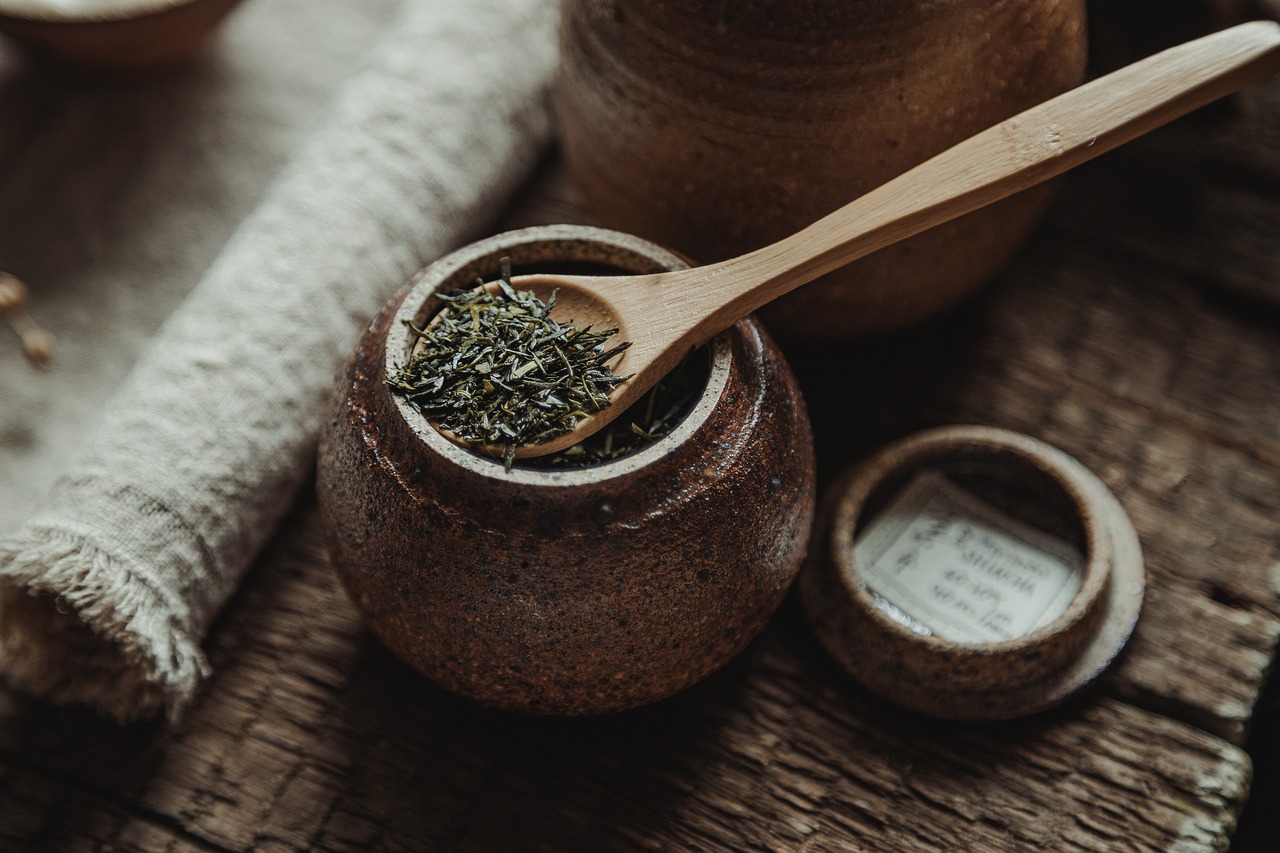
Commercial Cleaning Products
When it comes to maintaining the beauty of your ceramics, using the right can make all the difference. Not all cleaners are created equal, and some can actually harm your precious pieces instead of preserving them. So, what should you look for in a commercial cleaner? First, it's essential to choose products that are specifically designed for ceramics. These cleaners typically have a gentle formula that effectively removes dirt and grime without causing scratches or dullness.
Before diving into the cleaning process, always read the label carefully. Look for terms like “non-abrasive” and “safe for ceramics.” Some products may contain harsh chemicals that can strip the glaze or damage the surface of your items. A few popular options that have garnered positive reviews among ceramic enthusiasts include:
- Soft Scrub with Bleach - Great for tough stains but should be used sparingly.
- Bar Keepers Friend - Known for its gentle yet effective cleaning power.
- Simple Green All-Purpose Cleaner - An eco-friendly option that works well on a variety of surfaces.
However, even with the right products, application is key. Always test a small, inconspicuous area before applying the cleaner to the entire surface. This way, you can ensure that it won’t react negatively with the ceramic material. When applying the cleaner, use a soft cloth or sponge to gently scrub the surface. Avoid using abrasive pads or brushes, as they can scratch the finish and ruin the aesthetic appeal of your ceramics.
After cleaning, rinse your ceramics thoroughly with warm water to remove any residue from the cleaning product. This step is crucial because leftover cleaner can lead to discoloration or degradation of the ceramic over time. Finally, dry your pieces with a soft, lint-free cloth to prevent water spots and ensure that they are ready for display or storage.
In summary, while commercial cleaning products can be a convenient option for maintaining your ceramics, it’s vital to choose wisely and use them correctly. By following these guidelines, you can keep your ceramics looking their best without the risk of damage.
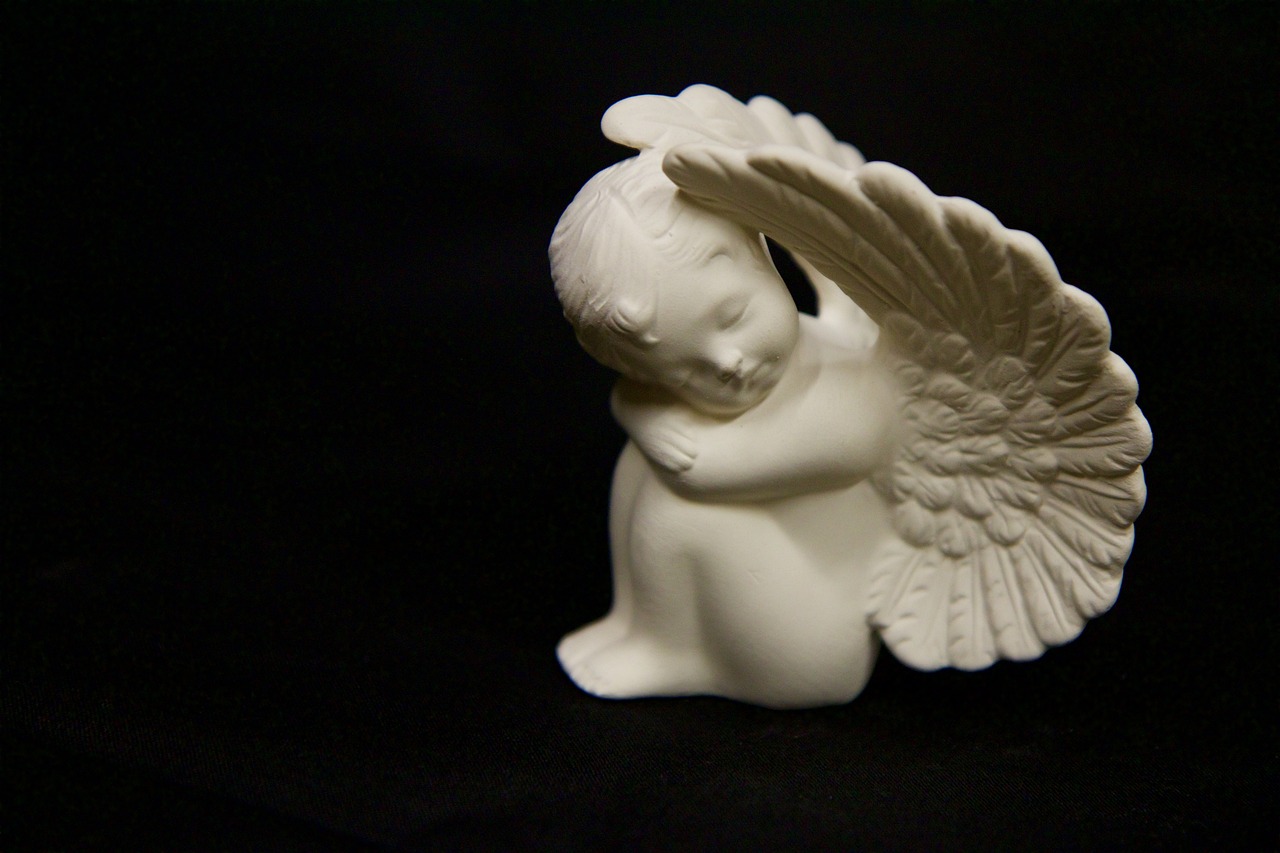
Handling Ceramics Safely
This article provides essential tips on the best practices for handling and storing ceramics to ensure their longevity and prevent damage, including techniques for cleaning, packing, and displaying your ceramic items.
Different types of ceramics have unique properties that affect their handling and storage. Understanding these materials can help you choose the right techniques for preserving your valuable items.
Proper cleaning methods are crucial to maintaining the integrity of ceramics. Learn the best practices for cleaning without causing scratches or damage to the surface.
Using the right tools can make a significant difference in cleaning ceramics effectively. Discover which brushes, cloths, and cleaning solutions work best for various ceramic types.
Explore simple, effective homemade cleaning solutions that can safely clean your ceramics without harmful chemicals, ensuring both safety and effectiveness.
Identify which commercial cleaning products are safe for ceramics and how to use them without risking damage to your pieces.
Handling ceramics may seem straightforward, but it’s essential to approach it with care to avoid chips, cracks, or other damage. Imagine holding a delicate glass ornament; you wouldn’t want to squeeze it too tightly, right? The same principle applies to ceramics. Always support the base of your ceramic items with both hands when lifting them. This technique distributes weight evenly and reduces the risk of stress on the item. Additionally, be mindful of your surroundings—whether you're navigating through a crowded room or simply moving from one shelf to another, awareness is key.
Another important factor is to avoid sudden temperature changes. Ceramics are sensitive to thermal shock, which can lead to cracking. For instance, don’t take a ceramic piece straight from the fridge and place it in a hot oven; it’s like jumping from a cold pool into a hot tub—your body wouldn’t appreciate it, and neither will your ceramics!
When transporting ceramics, consider using padded carriers or wrapping them in soft cloths. This extra layer of protection can make all the difference. If you’re carrying multiple items, stack them wisely and ensure they’re not touching each other to prevent scratching. Remember, prevention is better than cure; a little extra care during handling can save you from heartache later.
Proper storage is vital for preventing damage to ceramics. This section covers the best practices for storing ceramics to keep them safe and in excellent condition.
The environment where you store ceramics plays a crucial role in their preservation. Find out which locations are best for preventing temperature fluctuations and humidity damage.
Learn the best techniques for packing ceramics securely to prevent breakage, including materials to use and how to arrange items for maximum protection.
Q: How can I tell if my ceramic item is safe to clean with water?
A: If your ceramic piece has a glossy finish, it’s generally safe to clean with water. However, if it has a matte finish or intricate decorations, consider using dry cleaning methods to avoid damage.
Q: Can I use bleach to clean my ceramics?
A: It’s best to avoid bleach as it can damage the glaze and color of ceramics. Opt for mild soap and warm water instead.
Q: What should I do if my ceramic piece breaks?
A: Depending on the break, you can often use a strong adhesive to repair it. However, for valuable or antique pieces, consult a professional restorer.
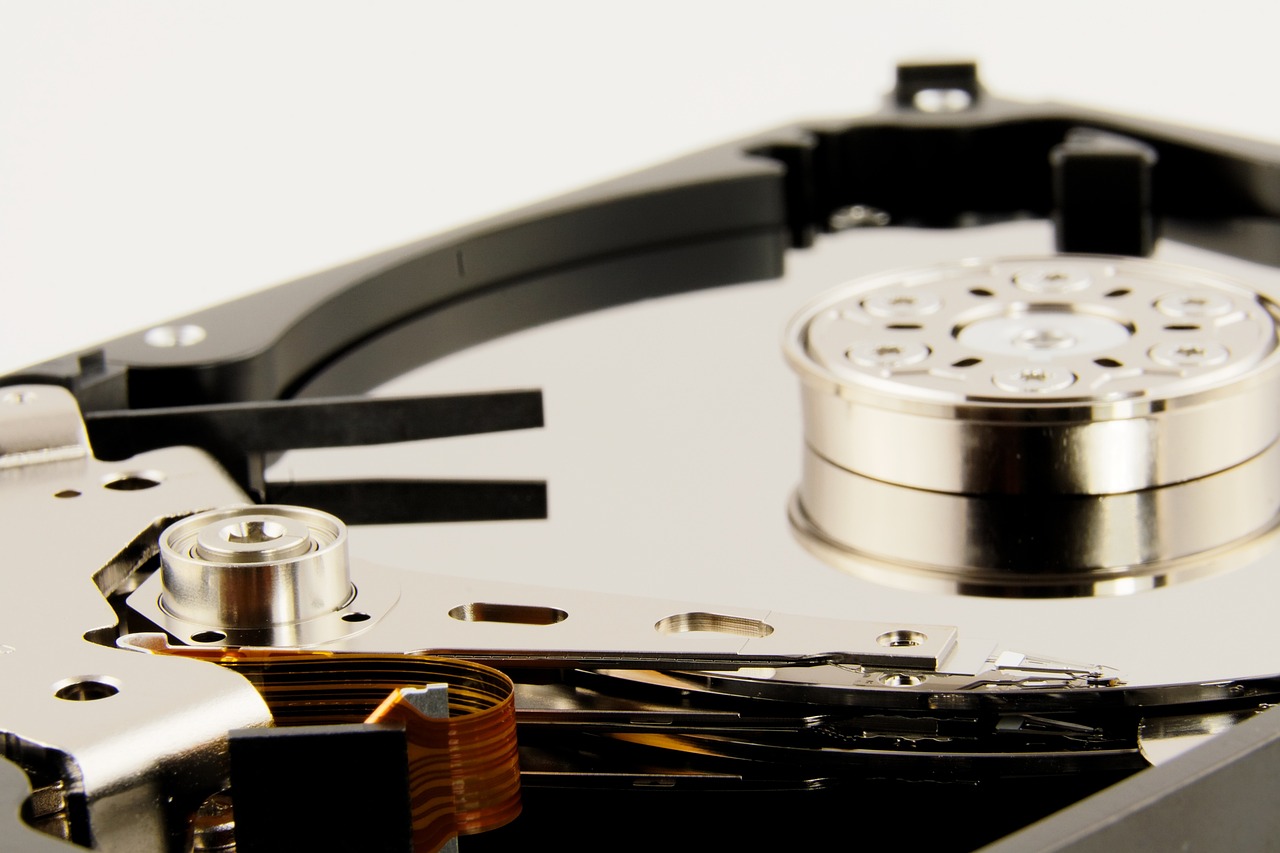
Storing Ceramics Effectively
When it comes to storing ceramics, the right approach can mean the difference between preserving your cherished pieces and watching them suffer from chips, cracks, or worse. Just like you wouldn't toss your favorite shirt into a pile without care, ceramics deserve the same respect. Proper storage is vital for preventing damage and ensuring that your beautiful items remain in excellent condition for years to come. So, let’s dive into some best practices that will help you keep your ceramics safe and sound.
First and foremost, choosing the right storage location is crucial. Think about it: would you store delicate glassware in a damp basement? Of course not! Similarly, ceramics thrive in stable environments. Ideally, you want to find a spot that is away from direct sunlight, extreme temperatures, and humidity fluctuations. A climate-controlled room is perfect, but if that’s not an option, aim for a cool, dry area. Avoid places like attics or garages where temperature swings can be dramatic. Remember, ceramics are not just pretty; they are sensitive to their surroundings.
Next up, let’s talk about packaging ceramics for storage. This is where the magic happens! Proper packing is essential to prevent breakage. Start by wrapping each piece individually in bubble wrap or soft cloth. This cushioning creates a protective barrier that absorbs shocks. If you have larger items, consider using foam inserts or packing peanuts in the box to minimize movement. When stacking ceramics, always place the heaviest items at the bottom and lighter ones on top. This strategy not only prevents crushing but also allows for better organization.
In addition to wrapping, consider using storage containers that are specifically designed for ceramics. Look for sturdy boxes that can withstand pressure and are not too large, as oversized boxes can lead to shifting during transport. If you’re storing a collection, label each box clearly. This way, you won’t have to dig through multiple containers just to find that one special piece you want to display. Trust me; your future self will thank you!
Finally, always keep an eye on your stored ceramics. Regularly check on them to ensure that they are in good condition and that the environment remains stable. If you notice any signs of humidity or temperature fluctuations, take action immediately. A dehumidifier or air conditioner can work wonders in maintaining a consistent climate for your ceramics.
In summary, effective storage of ceramics involves:
- Choosing a stable, climate-controlled location
- Wrapping each piece carefully to prevent damage
- Using appropriate storage containers
- Regularly checking on your stored items
By following these guidelines, you can ensure that your ceramics remain beautiful and intact, ready to be enjoyed for generations to come. Remember, these items often carry sentimental value, and taking the time to store them properly shows just how much you cherish them.
Q: Can I store ceramics in a damp area?
A: No, it's best to avoid damp areas as moisture can lead to mold and damage.
Q: What materials are best for wrapping ceramics?
A: Bubble wrap and soft cloth are ideal for wrapping ceramics to prevent scratches and breaks.
Q: How often should I check on my stored ceramics?
A: It's a good idea to check on them every few months to ensure they're in good condition and that the storage environment is stable.

Choosing the Right Storage Location
When it comes to storing your cherished ceramics, the location you choose can make all the difference between preserving their beauty and facing potential damage. Imagine your ceramics as delicate flowers; just as they need the right environment to thrive, so do your ceramic pieces. The ideal storage location should be free from extreme temperature fluctuations and humidity, both of which can wreak havoc on your beloved items.
First and foremost, consider a climate-controlled environment. This means avoiding places like attics or basements where temperatures can soar or plummet. Instead, opt for a room with consistent temperature and humidity levels. Ideally, aim for a temperature range of 65°F to 75°F (18°C to 24°C) and a humidity level between 30% and 50%. This will help prevent cracking, warping, or even mold growth, which can occur in damp conditions.
Additionally, steer clear of direct sunlight. Just as the sun can fade your favorite couch, it can also dull the vibrant colors of your ceramics. A dark or shaded area is preferable for long-term storage. If you must store your ceramics in a bright room, consider using protective covers or boxes to shield them from UV rays.
Furthermore, think about the safety of your ceramics while in storage. A sturdy shelf that can support the weight of your items is essential. Avoid stacking ceramics on top of one another, as this can lead to chips or cracks. Instead, keep them on separate shelves or in individual boxes. Using padding materials like bubble wrap or foam can also provide an extra layer of protection for fragile pieces.
Lastly, remember that organization is key. Keep an inventory of your ceramics and their storage locations, making it easier to find and retrieve them when needed. You might even consider labeling boxes for quick identification. A well-organized storage space not only protects your ceramics but also makes your life easier when it comes to displaying or using them again.
In summary, choosing the right storage location for your ceramics is not just about finding a space; it's about creating an environment that nurtures and protects your valuable items. By considering temperature, humidity, sunlight exposure, safety, and organization, you can ensure that your ceramics remain in pristine condition for years to come.
- What is the best temperature for storing ceramics? The ideal temperature range is between 65°F to 75°F (18°C to 24°C).
- Can I store ceramics in the basement? It's best to avoid basements due to potential humidity and temperature fluctuations.
- How should I pack ceramics for storage? Use bubble wrap or foam for padding, and store them in sturdy boxes or on shelves, avoiding stacking.

Packaging Ceramics for Storage
When it comes to , the goal is to ensure that your beloved pieces remain safe and sound, free from chips and cracks. Think of it like wrapping a delicate gift; you want to make sure it arrives in pristine condition. First and foremost, you need to gather the right materials. Using bubble wrap, packing paper, and sturdy boxes is essential. Bubble wrap provides that cushy layer of protection, while packing paper can fill in gaps and prevent movement within the box.
Before you start wrapping, it's crucial to clean your ceramics. Dust and dirt can cause scratches, so give them a gentle wipe-down. Once they’re clean and dry, begin by wrapping each piece individually. Start by laying your ceramic item on a flat surface, and then place a sheet of bubble wrap underneath. Roll the item in the bubble wrap, ensuring it’s completely covered. Secure it with tape, but be careful not to apply too much pressure, which could damage the piece.
Next, prepare your box. Choose a box that’s slightly larger than the item to allow for cushioning, but not so big that the ceramics can shift around. You can line the bottom of the box with a layer of packing peanuts or crumpled packing paper to create a soft base. Place your wrapped ceramics in the box, making sure to fill any empty spaces with more packing material. This prevents movement during transport or storage, which is key to avoiding damage.
For larger items, consider using a double-boxing method. This involves placing your wrapped ceramic piece into a smaller box, which is then placed into a larger box with additional padding in between. It’s like giving your ceramics a cozy, protective hug! This method offers extra protection against impacts and is particularly useful for fragile or valuable items.
Lastly, clearly label your boxes. Use a permanent marker to indicate that the contents are fragile, and note which side should be kept upright. This little step can make a huge difference when it comes to handling your ceramics during storage or moving. Remember, the more care you take in packaging, the better your ceramics will survive the test of time.
- What materials are best for packing ceramics? Bubble wrap, packing paper, and sturdy cardboard boxes are ideal for protecting ceramics during storage.
- Should I clean my ceramics before packing? Yes, cleaning ceramics before packing is important to prevent scratches and ensure they are stored in the best possible condition.
- Is double boxing necessary for all ceramics? While not necessary for all items, double boxing is recommended for fragile or valuable ceramics to provide extra protection.
- How can I prevent my ceramics from moving in the box? Fill any empty spaces with packing peanuts or crumpled paper to keep the items secure and prevent movement.
Frequently Asked Questions
- What are the best materials for cleaning ceramics?
When it comes to cleaning ceramics, soft cloths and non-abrasive brushes are your best friends. They help you avoid scratches while ensuring a thorough clean. For delicate pieces, consider using a microfiber cloth to gently wipe away dust and grime.
- Can I use vinegar to clean my ceramic items?
Absolutely! Vinegar is a great natural cleaner for ceramics. Just mix equal parts of vinegar and water, and you’ll have a safe solution that can tackle stubborn stains without damaging your ceramics. Just remember to rinse well afterward!
- How should I handle ceramics to prevent damage?
When handling ceramics, always lift them with both hands and support the base. Avoid carrying multiple items at once, and be mindful of your surroundings. Think of it like carrying a glass of water: a little bump can lead to a big spill!
- What is the best way to store ceramics?
Store ceramics in a cool, dry place away from direct sunlight. Use bubble wrap or packing paper to cushion each piece, and avoid stacking them unless they’re well protected. Think of it as tucking them in for a cozy nap!
- Are there specific types of packaging I should use for ceramics?
Yes! Use sturdy boxes and fill any empty spaces with packing peanuts or crumpled paper to prevent movement. Each piece should be wrapped individually to avoid scratches. It’s like giving each ceramic a little protective hug!
- How can I tell if a ceramic piece is safe for dishwashers?
Check for labels or markings on the bottom of your ceramics. If it says dishwasher safe, you’re good to go! If not, hand washing is usually the safest bet to keep your pieces looking fabulous.
- What should I do if my ceramic item gets chipped?
If you notice a chip, don’t panic! You can use a bit of super glue to repair small chips. Just make sure to clean the area first and let it dry completely. It’s like giving your ceramics a little makeover!



















